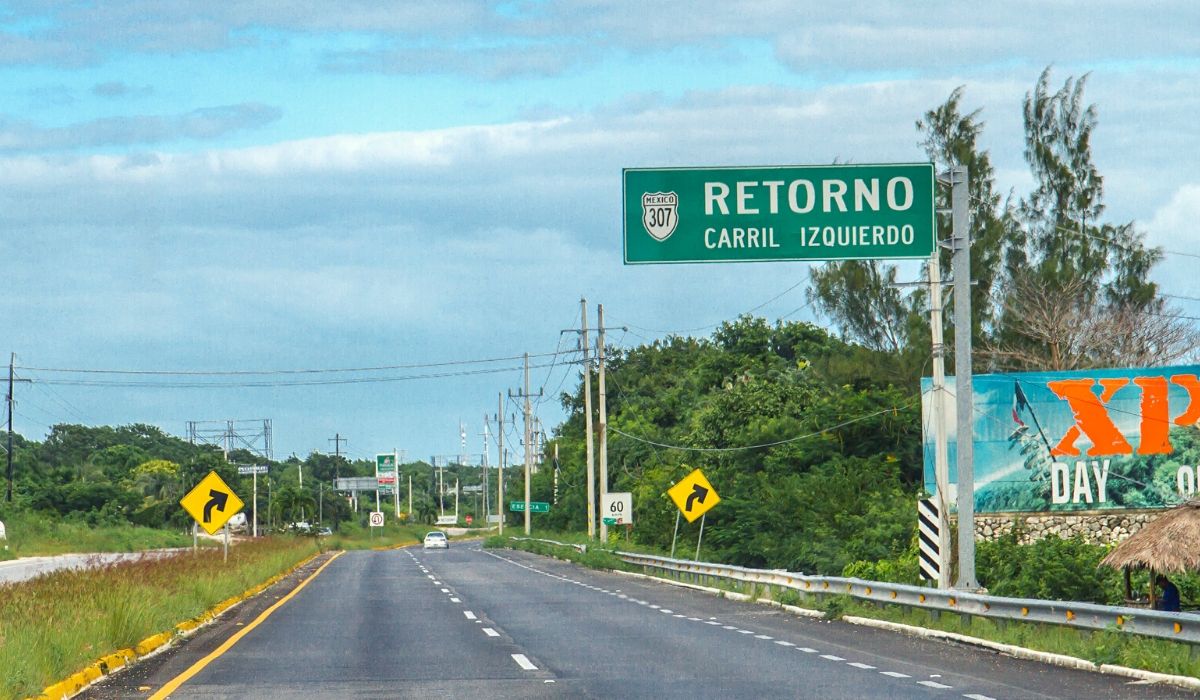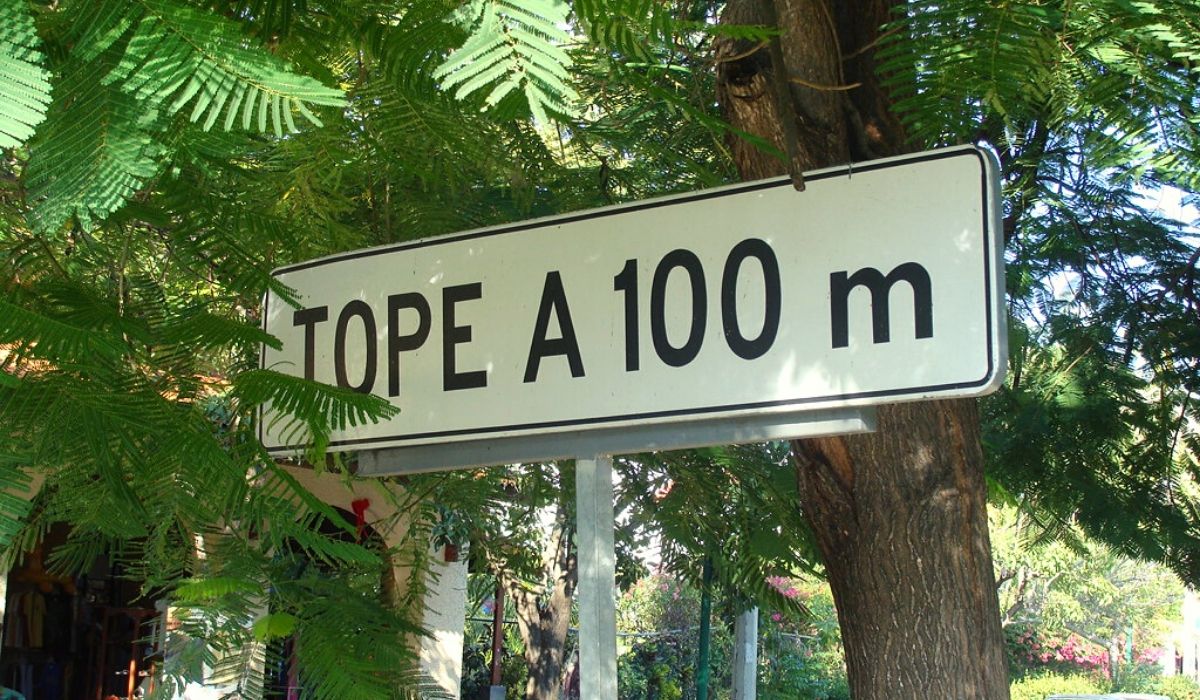A Helpful Driving Tips
Driving in the Riviera Maya is safe and fairly straightforward. Unlike other areas of Mexico, you will find the highways in good condition with a fair amount of signage.
We believe that being educated and aware is the best way for you to enjoy a hassle free vacation. Here are a few driving tips to help keep the mystery out of your travels.
Drivers should always carry with them:
- Valid driver's license. You are not required to carry an international driving permit if the driver’s license from your country of origin is printed in Spanish or English.
- Passport and Immigration Card
- Vehicle Rental Contract
- Vehicle Registration Document (Provided by rental agency)
- Proof of Liability Insurance (Provided by rental agency)
A quick tip from the LG Team: You will be anxious to leave your rental car agency. Prior to departure, take the time to carefully review your documents to make sure you know where to locate the registration and proof of insurance should you be required to present these documents.
First and Foremost, Always Drive Defensively
You will find traffic along Highway 207 (Cancun - Tulum) is familiar and mostly orderly. That said, on some days, it does seem that the rules of the road are regarded more as guidelines than actual rules. Always drive defensively keeping a safe speed and distance, allowing yourself time to respond to unexpected behaviours.
Speed limits
Speed limits are posted in kilometers per hour. Be sure to distinguish between Kilometers per Hour and Miles per Hour on your speedometer and monitor your speed accrdingly. Along the highway the speed limit is usually 100 km/hour (equivalent to 62 miles/hour) slowing to around 60 km/hour or less as you approach municipalities.
"Retornos"
There are few exits off of Highway 307 from Cancun south. Instead you will find "Retornos" basically far left lanes which allow you the opportunity to make a legal U-Turn, reversing direction, allowing you to access locations on the opposite side of the highway. When using a Retorno remember to be patient and use extreme caution when re-entering your new lanes of traffic.

The Left Turn Signal
Ok - This one is important. A flashing left turn signal can mean several things: 1) I am moving to the left. 2) I am turning left. 3) Go ahead and pass me on my left side. Be cautions! Always check for traffic in front of you and behind you before making ANY turn or switching lanes. Know that if there is someone behind you, they may interpret your left turn signal as a go ahead to pass. Mexican drivers can be lax about using their turn signals, so always be prepared for lane changes or passing without warning. On highways, a left turn signal from the driver ahead of you may be a message that it’s safe for you to pass them.
Speed Bumpes or "Topes"
You'll see what we mean :) In the mean time, know that speed bumps are used throughout Mexico to control your rate travel. They are super effective! Be especially watchful for speed bumps, or "topes" as they are known in Mexico, when approaching more populated areas or along roads where pedestrians are present. Within the community of Akumal you will find several. You should know that topes are not always as clearly marked as we would like, so watch for signs and be aware as you enter more urban areas.

Drinking and Driving
It is illegal to Drink and Drive. Not only is it illegal, your insurance will be invalid if you have been drinking and are involved in any accident. You may be prevented from leaving the country in this case.
Seat Belts and Cell Phones
Seat belts are mandatory for the driver and front seat passenger. Children under 12 should ride in the back seat. It’s forbidden to use a cell phone while driving.
Hazard Lights or Emergency Flashers
Try not to stop on the highway unless you are making a U-turn at a designated RETORNO marked in the center median of the highway. If you must stop on the right shoulder of the highway, always use you Emergency Flashers - Hazard Signal. If you rent a car be sure you know where the Emergency Flashers button is located and test them to make sure they work. Anytime traffic slows significantly due to road construction, or for other reasons, activate your Emergency Flashers, then turn them off when conditions return to normal. Drive with caution and stay safe.
Parking
Whenever possible, park in a parking lot (rental vehicles can be targeted for break-ins) and never leave anything of value in a parked car.
In Case of Emergency
We want you to always be prepared and take precautions while driving in Mexico, but you shouldn’t feel worried or fearful. Driving in the Riviera Maya and renting a car are safe activities for tourists. The U.S. State Department advises to use toll roads when possible and avoid driving alone or at night. In case you do have an accident or encounter danger on the roads, you can contact Mexico’s emergency services by dialing 911 or you can contact the roadside assistance group, the Green Angels at 078.
